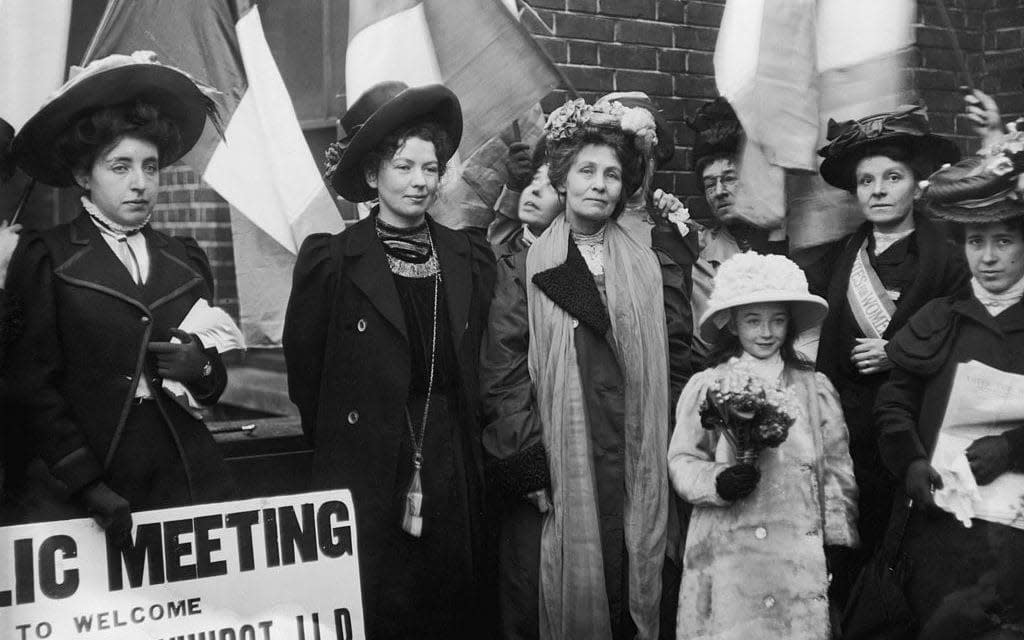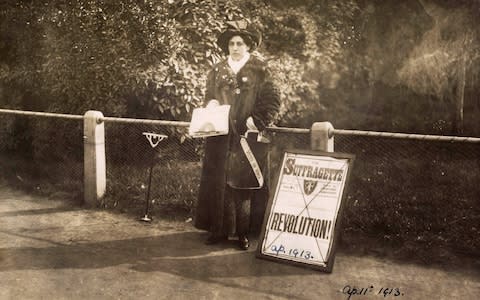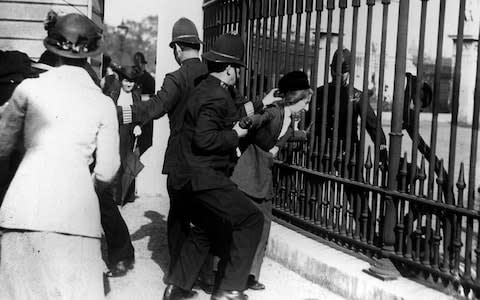Eight facts you didn't know about the Suffragette movement

1) Not all women were given the vote in 1918
Despite this year's quite rightly celebrated centenary, the legislation passed in 1918 did not give all women the right to vote.
Only those who were aged over 30 and home owners were eligible to head to the ballot box.
While this extended the right to vote to around 8.4 million women, it excluded many of the working-class.
Full suffrage for all women over the age of 21 was only granted a decade later on July 2 1928 with the Second Representation of the People Act.

2) Suffrage for women could have happened much earlier
In 1910, The Conciliation Bill nearly granted suffrage to women eight years early.
If passed, it would have done exactly what the Representation of the People Act did in 1918.
However, despite getting enough votes to pass its first reading, the then-prime minister Herbert Henry Asquith killed the bill before its second reading, claiming that there was no Parliamentary time left in the current session.
The backlash was, as you can probably understand, ugly.
Hundreds of suffragettes descended upon parliament to protest the action, with 119 of them getting arrested.

3) Mr Selfridge was an ally
Keen to market his still-iconic shop to women, Henry Gordon Selfridge supported the suffrage movement by advertising in publications run by the activists and flying the Women's Social and Political Union (WSPU) flag above his store.
He even reportedly refused to press charges against one young woman who broke one of the store’s famous windows, as a sign of his support for the movement.
4) Men played a key role too
Despite the most famous faces of the Suffragette movement being women, there were several men who fought alongside them to secure a woman’s right to vote.
These include the MPs Keir Hardie and George Lansbury, who were both vocal supporters of the suffrage movement.
Mr Hardie regularly raised the issue in the House of Commons and attended WSPU events.
Mr Lansbury even resigned from his seat so that he could fight a by-election on the suffrage question. In 1913 his dedication went even further and he was imprisoned after making a speech at a WSPU rally in support of their campaign of arson attacks.
5) The WSPU were more popular than Labour
Despite the Labour Party still being one of the biggest political parties to this day, there was once a time when their donations trailed behind the WSPU - perhaps a sign of just how popular the movement for suffrage among the general public was?
In 1908, Labour Party subscriptions and donations were around £10,000, while by 1909 the WSPU had a growing annual income of over £21,000.

6) Suffragettes were trained in Jiu Jitsu
As countless photos and historical accounts show, the Suffragettes were not afraid of getting violent.
To protect themselves during protests and police brutality, many of them were trained in Jiu Jitsu - a Japanese martial art.
Appointed female bodyguards who were trained in the special combat would surround senior figures like the Pankhursts and defend them against the police.

7) The movement secured men greater rights too
Prior to the Representation of the People Act 1918, not all men could vote. Working-class men who didn’t own property were denied the right to vote - until the Suffragettes kicked up a fuss.
After the 1918 Act was enshrined in law, the voting franchise was extended to an extra 5.6 million men.

8) Full suffrage was passed 18 days too late
Emmeline Pankhurst, leader of the Women’s Social and Political Union who committed most of her life to campaigning for suffrage, died 18 days before full equal voting rights were granted.
She passed away aged 69 on 14 June 1928, just weeks before the Conservative government's Representation of the People Act (1928) extended the vote to all women over 21 years of age.



